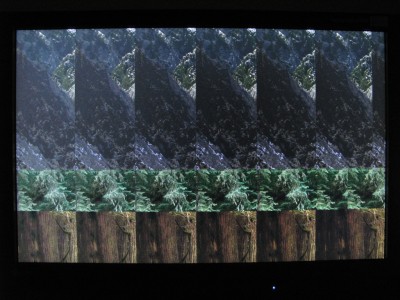I am a photographer looking for a 24-30" monitor. Can you help me find a monitor that will fit my needs?
I don't play games on the PC, nor watch movies, so based on my reading, it looks like I should aim for a IPS, or at least a S-PVA, correct?
I have read conflicting info as to weather the High Gamut monitors are really a help. Can those with a High Gamut monitor comment on this? I do have a 21" PVA monitor (Sammy 213T), that I can use for web and e-mail if necessary.
If get a monitor in the 24-28" range, I would like to keep the price under $750. If I go to 30", I could go to $1250. Is 30" overkill for photo editing.
Thanks,
Darrell
I don't play games on the PC, nor watch movies, so based on my reading, it looks like I should aim for a IPS, or at least a S-PVA, correct?
I have read conflicting info as to weather the High Gamut monitors are really a help. Can those with a High Gamut monitor comment on this? I do have a 21" PVA monitor (Sammy 213T), that I can use for web and e-mail if necessary.
If get a monitor in the 24-28" range, I would like to keep the price under $750. If I go to 30", I could go to $1250. Is 30" overkill for photo editing.
Thanks,
Darrell
![[H]ard|Forum](/styles/hardforum/xenforo/logo_dark.png)

